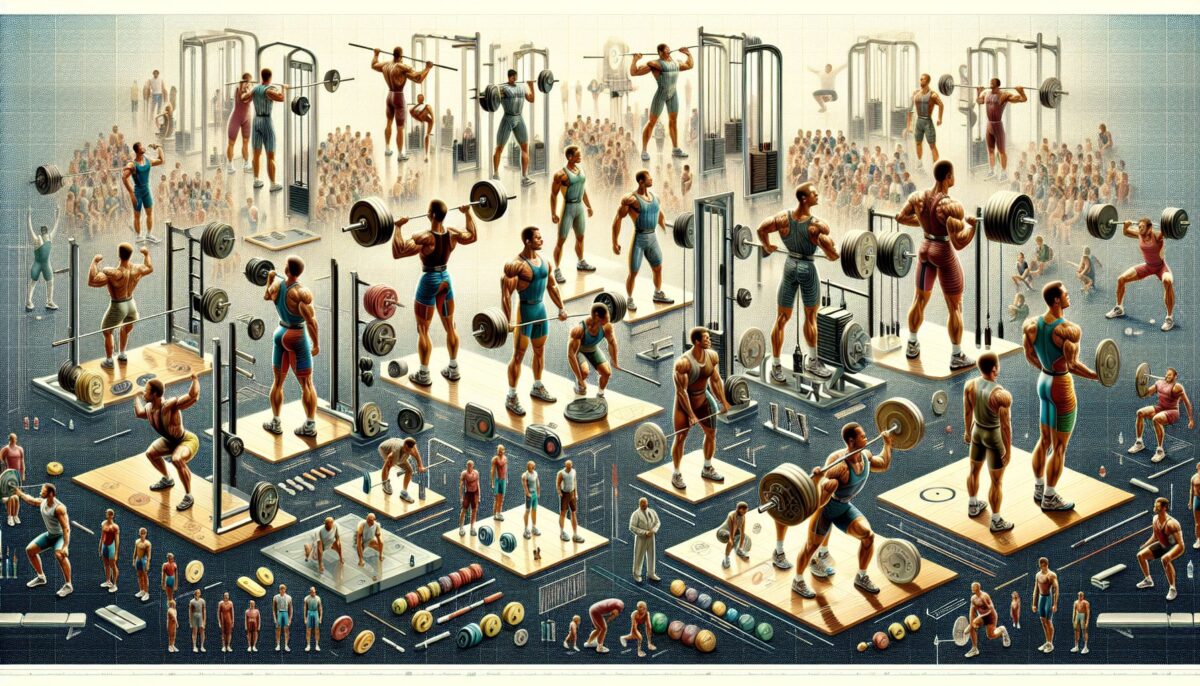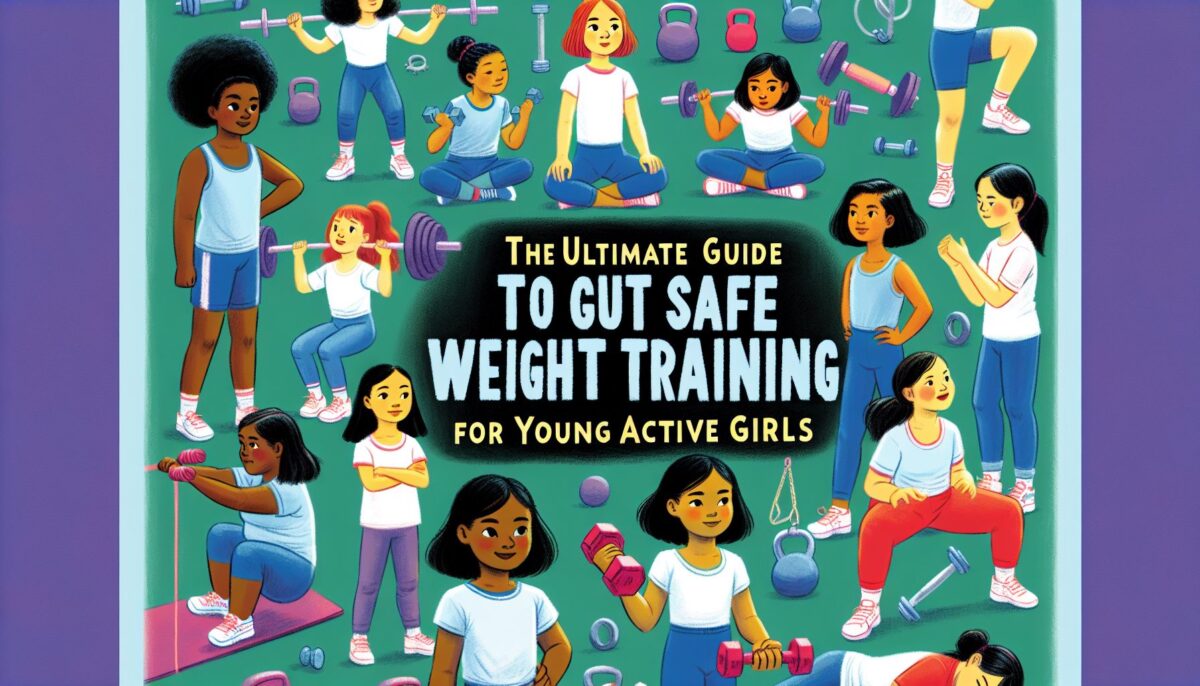Are the young ones in your life spending endless hours glued to screens, their bodies motionless and unengaged? It’s time to take action! As responsible adults, it is our duty to ensure that children adopt healthy habits from an early age. And what better way to do so than by introducing them to the wonders of exercise? Exercise not only promotes physical health but also fosters cognitive and emotional development. In this article, we will explore the myriad benefits of exercise for kids and provide you with some exciting ideas to get them off the couch and moving!
The Need for Action
In today’s technology-driven world, children are spending less time engaging in physical activities. Instead, they are conveniently entertained by digital distractions that often leave them sitting idle. These sedentary behaviors can have serious consequences for their health, both in the short and long term. By encouraging regular exercise, we can help foster healthy habits that will carry over into adulthood.
Boosting Physical Health
One of the most obvious benefits of exercise for kids is improved physical health. Regular physical activity helps children strengthen their muscles and bones, enhancing their overall fitness levels. It also promotes better coordination, agility, and balance, all of which are crucial during childhood development. Engaging in exercise from an early age sets the stage for a lifetime of good health and reduces the risk of developing chronic diseases such as obesity and heart problems.
Enhancing Cognitive Abilities
Exercise not only strengthens the body but also has a profound impact on cognitive development. Physical activity increases blood flow to the brain, improving concentration, memory, and problem-solving skills. Notably, studies have shown that children who engage in regular exercise often exhibit better academic performance. So, getting those little ones to break a sweat can make a world of difference in their mental abilities!
Emotional Well-being
Children are not immune to stress and anxiety. Exercise provides an outlet for them to channel their energy and emotions positively. It releases endorphins, also known as “feel-good” chemicals, which can boost their mood and alleviate depressive symptoms. Regular exercise also fosters self-confidence, improves self-esteem, and helps children develop resilience, all of which are vital building blocks for their emotional well-being.
Fun-filled Exercise Ideas
Now that we’ve grasped the benefits of exercise for kids, let’s explore some exciting activities to get them moving:
- Dance Parties: Crank up the music and let the children dance like nobody’s watching! Dancing is a fantastic way to enhance coordination and balance while having an absolute blast.
- Obstacle Courses: Set up an obstacle course in your backyard or at a nearby park. Get the kids crawling, jumping, and maneuvering their way through a fun-filled challenge.
- Nature Walks: Treat the entire family to a leisurely walk in nature. Encourage the children to explore their surroundings, identify different plants and animals, and absorb the beauty of the outdoors.
- Sports Extravaganza: Organize regular sports days where the children can try out different team sports like soccer, basketball, or tennis. This not only promotes physical fitness but also instills important values such as teamwork and sportsmanship.
- Yoga for Kids: Introduce the little ones to the practice of yoga. With its gentle stretches and calming techniques, yoga helps children develop body awareness, flexibility, and mindfulness.
Remember, the key is to make exercise enjoyable and engaging for kids. By incorporating these activities into their routines, you can help improve their overall well-being while creating fond memories.
Conclusion
Physical activity is an integral part of a child’s overall development, and as adults, it is our responsibility to promote a healthy and active lifestyle from an early age. The benefits of exercise for kids are vast, spanning from physical health improvements to enhanced cognitive abilities and emotional well-being. By incorporating fun-filled activities into their daily routines, we can equip them with the tools they need to lead happy, healthy lives. So, let’s embark on this exciting journey together and make exercise an indispensable part of every child’s life! Let those little feet move and groove to the rhythm of a healthy, active lifestyle!









